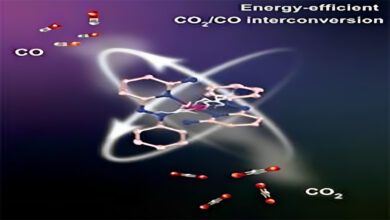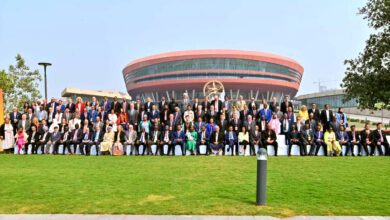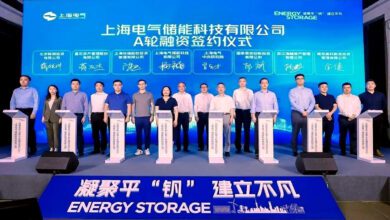In a decisive move towards a more sustainable future, the government is intensifying efforts to reduce carbon emissions in the steel industry, focusing on energy and resource efficiency, and an increased utilization of renewable energy sources. The aim is to decarbonize the steel sector in the short term, with a target set for the fiscal year 2030. This initiative acknowledges the urgent need to address environmental concerns and foster a more eco-friendly approach within the country’s steel production.
Looking beyond the immediate future, the government has outlined a strategic roadmap for the medium term, spanning from 2030 to 2047. During this period, the focal points will be Green Hydrogen-based steelmaking and the implementation of Carbon Capture, Utilization, and Storage technologies. These initiatives aim to strike a balance between meeting the demands of steel production and minimizing its environmental impact.
As a part of the long-term vision stretching from 2047 to 2070, the government is exploring disruptive alternative technological innovations. These innovations are seen as instrumental in achieving a transition to a net-zero carbon emissions scenario within the steel industry. The emphasis on long-term solutions underscores the commitment to sustainable practices and aligns with global efforts to combat climate change.
To operationalize these goals, the government has taken several key steps. Thirteen task forces, comprising representatives from industry, academia, think tanks, scientific and technological bodies, various ministries, and stakeholders, have been established. These task forces serve as forums for deliberation and recommendation on different facets of decarbonizing the steel sector. This collaborative approach ensures a comprehensive and inclusive strategy for the industry’s transformation.
The Steel Scrap Recycling Policy of 2019 is another significant measure contributing to the reduction of carbon footprint in the steel industry. By enhancing the availability of domestically generated scrap, the policy aims to reduce the reliance on coal in the steel-making process, promoting a more sustainable supply chain.
The Ministry of New and Renewable Energy (MNRE) has announced the National Green Hydrogen Mission, underscoring the importance of green hydrogen production and usage. Notably, the steel sector has been integrated as a stakeholder in this mission, emphasizing a cross-sectoral approach to sustainability.
In September 2021, the Motor Vehicles (Registration and Functions of Vehicles Scrapping Facility) Rules were enacted with the vision to increase the availability of scrap in the steel sector. This regulatory step aligns with broader efforts to create a circular economy and reduce the industry’s environmental footprint.
The National Solar Mission, launched in January 2010 by the Ministry of New and Renewable Energy, also plays a vital role. By promoting the use of solar energy, the mission not only supports the broader transition to renewable energy but also contributes to a reduction in emissions from the steel industry.
Furthermore, the Perform, Achieve, and Trade (PAT) scheme, operating under the National Mission for Enhanced Energy Efficiency, incentivizes the steel industry to actively reduce energy consumption. This market-driven approach aligns economic incentives with environmental goals, promoting a more sustainable and efficient steel production process.
In pursuit of cutting-edge technologies, the steel sector has adopted the Best Available Technologies (BAT) globally in modernization and expansion projects. This proactive approach ensures that the industry remains at the forefront of adopting innovative solutions for sustainability.
Moreover, Japan’s New Energy and Industrial Technology Development Organization (NEDO) Model Projects for Energy Efficiency Improvement have been implemented in steel plants, showcasing a commitment to learning from global best practices and incorporating them into the national strategy.












